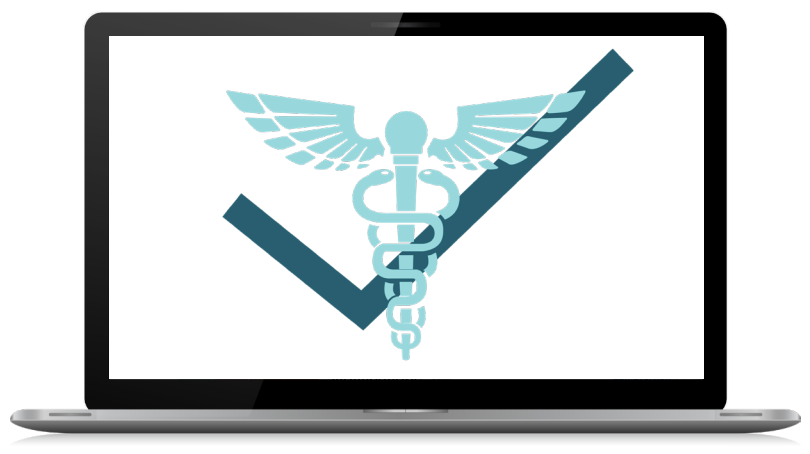
The HIPAA 4-Factor Summary in Radar® Privacy.
Connect the dots. Prove compliance. Simplify reporting.
Simplify your reporting requirements with Radar® Privacy’s HIPAA 4-Factor Summary feature. Seamlessly connect the dots between a privacy incident and HIPAA-specific risk factors to effortlessly document and prove compliance to the OCR.
Make the Compliance Connection
If you were ever asked to “show your work” in a math class, you know that documenting your thought process can be nearly as time-consuming as solving the problem itself. As a privacy professional who reports to the OCR, you may have been asked to provide documentation to prove each of HIPAA’s four risk factor criteria have been satisfied within an incident report—even if the OCR is in agreement about the outcome or decision made.
Revisiting a report thought to be complete can be a resource-heavy requirement that feels particularly burdensome as it rarely changes a breach decision outcome. However, incident documentation in Radar® Privacy, paired with the HIPAA 4-Factor Summary feature, makes it easy to share your history of compliance for OCR audits, compliance QA, or reporting to your Board.
Simplify and Streamline OCR Reporting
Radar® Privacy assesses incidents involving PHI using a multitude of risk factors and the patented Radar® Breach Guidance Engine, and quickly provides a recommendation about whether or not a potential breach is notifiable, automating an incident response process that, when approached manually, could take your team (with the help of outside legal counsel) days, weeks, or even months. For privacy teams subject to HIPAA compliance, Radar® Privacy takes this automation a step further by connecting the dots between the named Radar® risk factors and HIPAA’s.

Radar® Privacy’s HIPAA 4 Factor Summary feature provides the supporting material necessary to easily and seamlessly map Radar® risk assessment factors to the HIPAA 4-Factors within individual Radar incident assessments, and within reports to the OCR.
Downloadable charts within each incident provide documented proof that your incident report has appropriately satisfied HIPAA’s assessment and breach determination requirements to “show your work” to the OCR. This feature does not change assessment results, and has no impact on the Radar® Breach Guidance Engine.
Value for HITECH-regulated Organizations
The HIPAA 4-Factor Summary feature is automatically turned on for Radar® Privacy HITECH-enabled customers during onboarding, and provides enormous time savings. Along with increased efficiency, additional value for privacy teams includes:
- Increased consistency and automation when
assessing PHI incidents against HIPAA regulations - Simplified communications with the OCR related to HIPAA 4-Factor reporting
- Accelerated time to incident resolution by removing the previously manual process of mapping Radar® Privacy risk factors to the HIPAA 4-Factors
- Proof of due diligence and HIPAA compliance
- Quick access to historical incident reporting should an audit occur
Free up your privacy team for higher value focuses than categorizing incident risk factors. Let Radar® Privacy provide all the proof of HIPAA compliance you need to ensure your OCR reports are exhaustive and complete, while increasing your team’s efficiency and reducing resources spent. The dream of incident response automation, realized with Radar® Privacy.
Schedule a Demo of Radar® Privacy’s HIPAA 4-Factor Summary feature today
.
